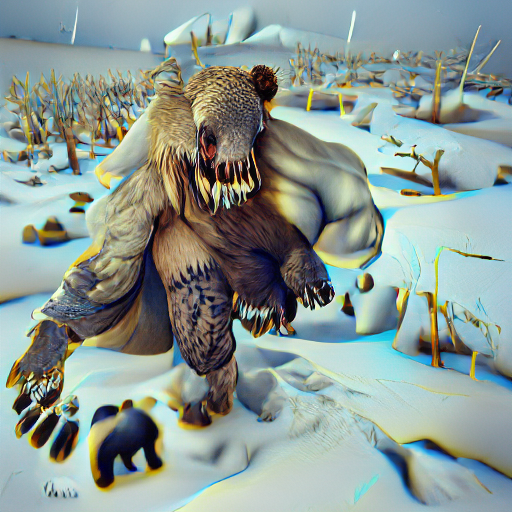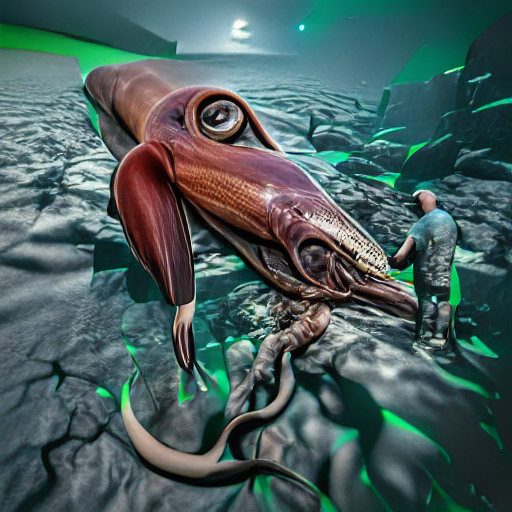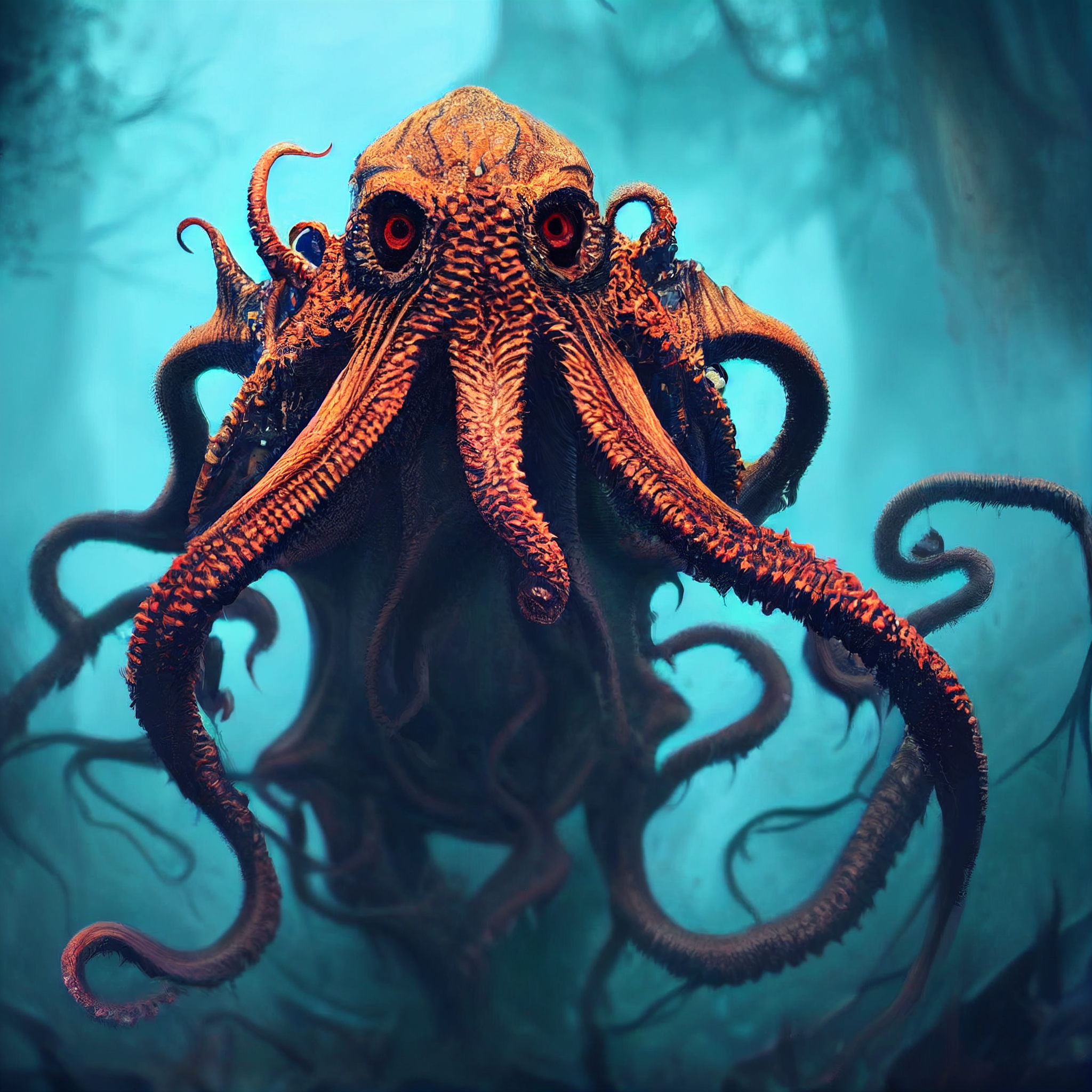

Gundirs are feared beasts of the furthest reachest north. They move quickly and quietly, using the pelts of their prey both to stay warm and remain cloaked under cover. They have been known to masquerade as animals for up to a week before ambushing others. Natives in the area refer to gundirs as fi'ni, which roughly translates to "Layered Pelt Beast".
Explore an endless universe of ficticious life on NovelGens.




_2.png)
